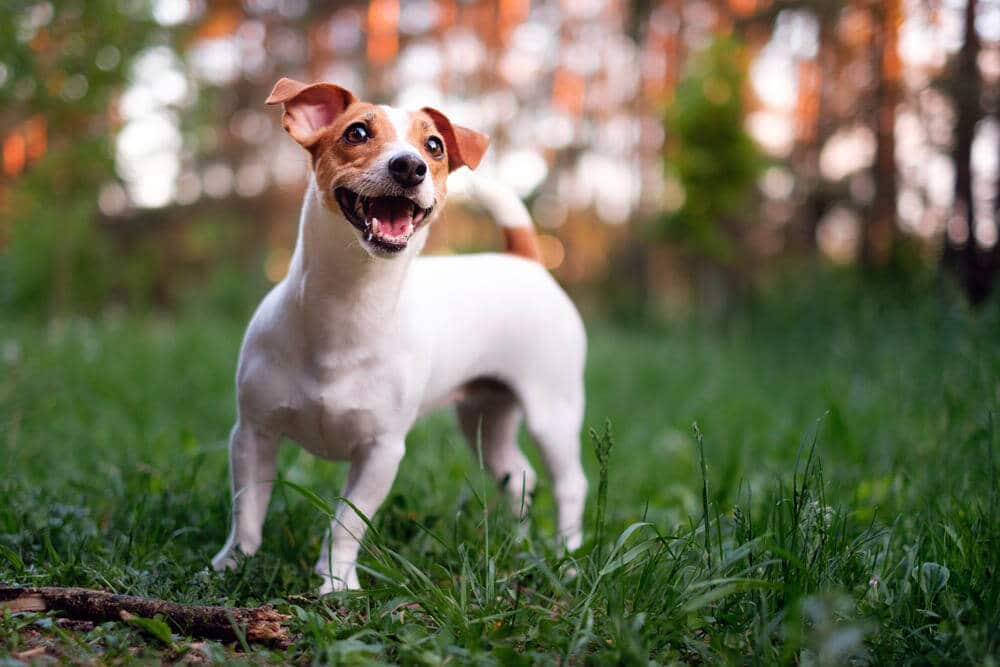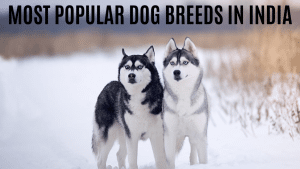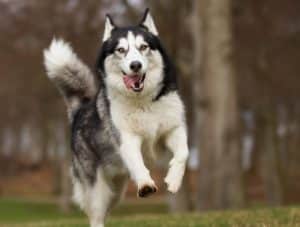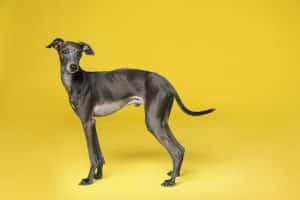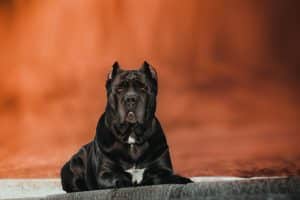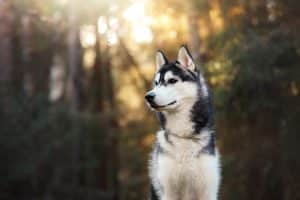Here’s a detailed guide to gun dogs, outlining their importance, different breeds, training, and key tips:
The Value of a Well-Trained Gun Dog
A skilled gun dog is an invaluable hunting companion, offering a range of benefits:
- Finding Game: Their keen senses help locate birds and other prey.
- Flushing Out Prey: They drive quarry into the open, offering a clear shot.
- Pointing: Certain breeds indicate game location for the hunter.
- Retrieving: Gun dogs bring downed birds or animals to the hunter,
- Companionship: These loyal dogs enhance the joy of hunting.
When to Begin Training
- Start Early: The ideal training age is around 1.5-2 months. Early training reinforces commands and strengthens the bond between dog and hunter.
- Praise & Rewards: Positive reinforcement is essential. Reward correct behavior with treats and praise.
- Avoid Harsh Punishment: Aggression will demotivate your dog and hinder the training process.
Training a Gun Dog: The Essentials
- Basic Commands: Master “sit,” “stay,” “heel,” “come,” and “fetch.” These form the foundation for more complex training.
- Acclimation to Hunting: Introduce your puppy to gunshots, hunting horns, and different terrains.
- Discipline: Teach your dog to remain steady and focused, even in tempting situations.
- Hounds vs. Pointers: Hounds should learn to track prey with their nose and alert with barking, while pointers need to hold a stance when they locate game.
- Retrieving: Train your dog to gently fetch game and return it to you undamaged.
Top Gun Dog Breeds
- West Siberian Laika: Versatile and adaptable, suitable for hunting a wide variety of animals.
- English Cocker Spaniel: Exceptional retrievers for flushing out and fetching game birds.
- Irish Setter: Excellent pointers, known for their intelligence and trainability.
- Jack Russell Terrier: Originally burrowers, now more commonly companions, but their hunting instincts remain strong.
- Basset Hound: Slow but determined, bassets excel with their superior sense of smell.
- Estonian Hound: Ideal for hunting small game like hares and foxes.
- Russian Hunting Spaniel: Russia’s own gun dog breed, well-suited for birds and hares.
- Russian Greyhound: Swift and powerful sight hunters used for coursing.
Important Considerations
- Breed-Specific Traits: Choose a breed that aligns with your hunting style and living arrangements
- Exercise Needs: Gun dogs are high-energy and require substantial exercise and mental stimulation.
- Nutrition: A performance-focused diet is vital, especially during hunting season.
- Owner Commitment: Training a gun dog takes time, patience, and dedication.
Key Takeaways
- A gun dog is a hunting asset and a loyal companion.
- Early and consistent training is key to success.
- Choose the right breed for your hunting needs.
- Provide appropriate care, exercise, and nutrition.
With proper selection, training, and care, your gun dog will be an invaluable partner in the field, enhancing your hunting experience for years to come!
When to Start Training A Gun Dog?
Any hunting dog should begin to be trained at the age of 1.5-2 months. This way she will not forget commands even in old age and will understand her owner perfectly. For correctly executed commands, the puppy should be praised and rewarded with treats. It is impossible to severely punish a dog for mistakes and show aggression in this case: it can completely refuse training.
How To Train A Gun Dog?
From 3-4 months, the puppy is accustomed to sound signals – the sounds of gunshots and a hunting horn – endurance, standing, for example, in front of a bowl of food.
At the same time, hounds are taught not to touch domestic animals and birds. Such lessons are needed so that the dog does not tear up the killed prey but gives it to the owner intact. At an older age, hounds begin to be taught to chase the animal with a loud bark.
First, you should teach your dog simple and basic commands: “Come”, “Place”, “Fu” and “No”. All commands must be given in a calm and even voice, and the puppy must carry them out the first time.
At 3 months it’s time to accustom the dog to a collar and leash, at 6 months it’s time to start practicing the skill of running and walking nearby.
The first trips into the forest should be done in a playful way so that the dog can get used to the sounds and smells of the forest. It is better to train hounds together with specialists from hunting societies.
It is imperative to train a hunting dog in the forest or near a pond so that due to the abundance of new smells and sounds, the puppy does not forget all the commands on the first hunt.
A dog must be taught to present the game to its owner and to make a voice when approaching the animal. To teach your puppy how to handle prey, start with using light sticks and balls, and then replace them with hare carcasses.
Top Trained Gun Dog:
Every hunting dog is an extremely energetic dog. Furthermore, within an hour or two of the hunt beginning, a drop in blood sugar can be noticed in pets that are genetically sensitive to hypoglycemia.
Due to these traits, hunting dogs require a consistent, well-balanced diet to guarantee they get enough energy. Feed quantities should be raised throughout the hunting season based on the amount of physical activity. See below the best gun dog breeds.
West Siberian Laika:
Members of this breed are capable of training to hunt any kind of animal. Compared to other huskies, they are less impulsive but also more poised and modest.
They can defend their owner in the event of a threat, but they also have a strong sense of self-preservation. Laikas can live in apartments, but they would much rather be outside. They require daily walks of two to three hours in this situation.
English Cocker Spaniel:
Cocker Spaniels are typically trained to hunt certain games, which they then retrieve “under the gun.” In daily life, cockers are gentle, fun people who make excellent friends for families with young children. Pets, however, are leery of strangers.
Irish Setter:
Irish Setters are gregarious pointers that get along well with people, other dogs, and cats. Although they are highly intelligent, they can be challenging to teach since energetic and vivacious pets can find it difficult to focus on a single activity. Setters can only live in a home or flat, despite having long, dense hair, and are therefore not suited for aviary housing.
Jack Russell Terrier:
These days, it is uncommon to go hunting with burrowing dogs; instead, these animals are typically kept as companions.
Jack Russells are bright, gregarious, and energetic dogs that work best in households with older kids. They frequently have a tendency to flout the law, yet they are also brave, independent, and shrewd. A dog handler’s assistance may be necessary if the owner lacks experience in dog ownership.
Basset Hound:
Although basset hounds have a sluggish, melancholy aspect, looks can be deceiving. They possess all the traits associated with hound breeds, including enthusiasm, agility, and industriousness.
Because of their great sense of smell and curiosity about their surroundings, basset hounds make excellent pets. They are devoted to their owner, sensitive to their mood, and not very good at handling loneliness when they’re alone.
Estonian Hound:
Small game hunting is the heritage of Estonian hounds. They are vicious against hares and foxes, but they become surprisingly kind dogs at home, loving to play with older kids and getting along well with babies. If their owner is willing to take their dog on daily walks that require strenuous exercise, Estonian hounds can live in apartments.
Russian Hunting Spaniel:
Game birds and hares are hunted by the only breed of gun dogs that are bred in Russia. Russian Spaniels get along well with kids and other pets and are suited for apartment living. Although it’s thought that the development of guarding traits diminishes hunting traits, some breed members make excellent guardians.
Russian Greyhound:
Russian greyhounds are energetic and quick at work, yet they are quiet and even phlegmatic at home. They are gentle in their communication, don’t want to chew on home objects, and don’t care to play with kids, in contrast to many hunting dogs.
Greyhounds, in the opinion of seasoned hunters, are unfit for a broad training program. They will not put up with stern yells or menacing gestures. Puppies should be raised with discipline and deference.
Conclusion:
Despite the fact that more and more contemporary hunting dogs are retained as pets, their personalities and physical characteristics have not altered much.
They still have a strong, resilient instinct that drives them to migrate. Due to their keen sense of smell, many pets are able to detect unusual smells and flee away from their owners.
These dogs are incredibly people-oriented and passionate; it is crucial to them that they follow instructions correctly in order to please their owners.

